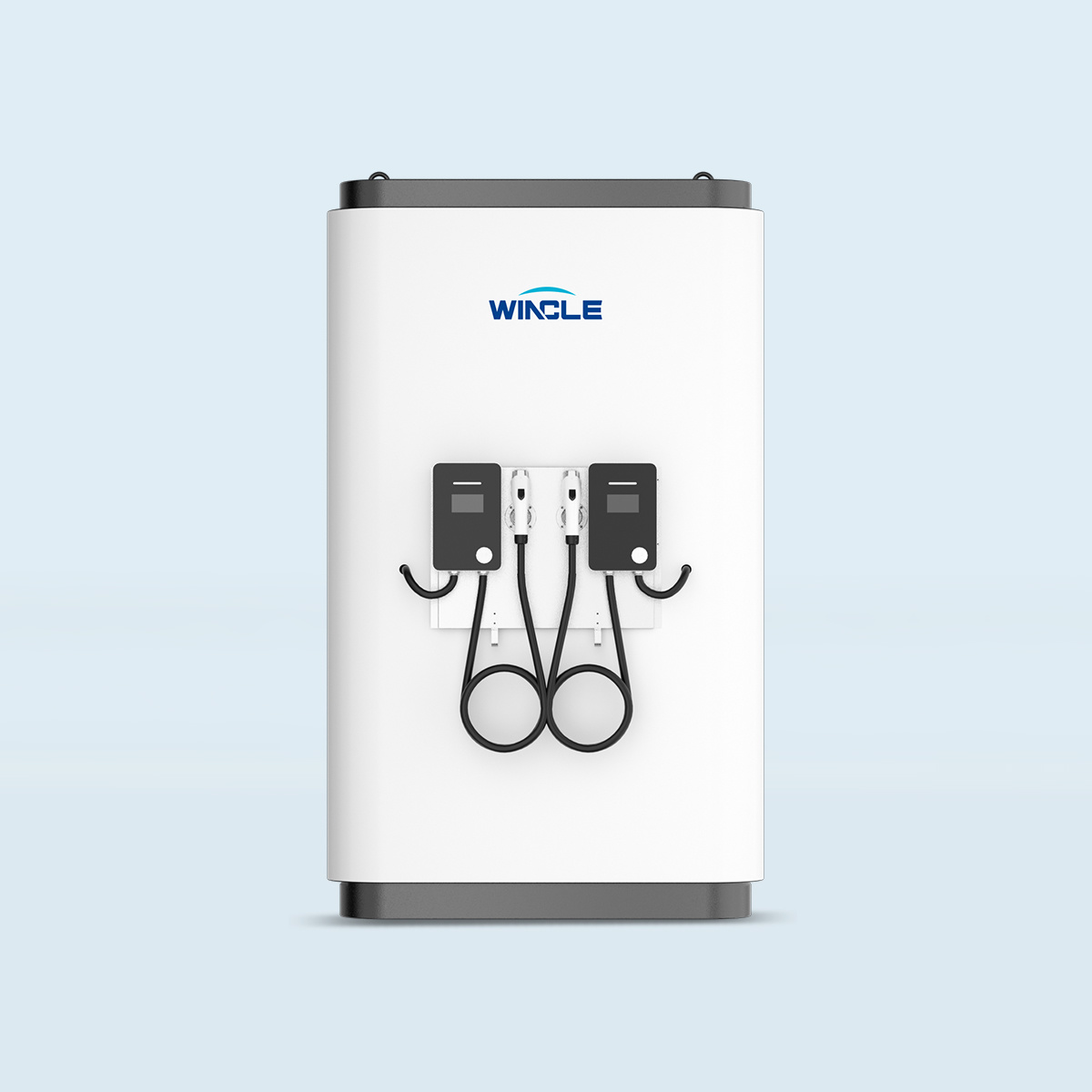The Role of Energy Storage in EV Charging Solutions
1. Introduction to Energy Storage in EV Charging

2. Importance of Energy Storage Systems for EV Charging
The integration of energy storage systems into EV charging solutions is essential for several reasons:
2.1 Enhancing Grid Stability
Energy storage systems can help stabilize the grid by storing energy during periods of low demand and releasing it during peak hours. This balancing act reduces the risk of blackouts and ensures a steady power supply for EV charging stations.
2.2 Supporting Renewable Energy Utilization
2.3 Improving Charging Speed and Efficiency
By providing a readily available source of energy, storage systems can enhance the speed of EV charging. This capability is particularly beneficial for fast charging networks where downtime can lead to user inconvenience.
2.4 Reducing Operational Costs
Businesses operating EV charging stations can significantly reduce operational costs by implementing energy storage solutions. By leveraging time-of-use electricity rates, operators can charge their systems during low-cost periods and supply energy during peak demand times, thus maximizing profit.
3. Types of Energy Storage Technologies
Understanding the various energy storage technologies is key to appreciating their roles in EV charging solutions. Here's a look at some of the most prominent types:
3.1 Lithium-Ion Batteries
These batteries are widely regarded as the gold standard for energy storage in the EV sector. Their high energy density and efficiency make them ideal for both vehicle propulsion and charging infrastructures.
3.2 Flow Batteries
Flow batteries offer unique advantages over traditional batteries, particularly in scalability and longevity. They store energy in liquid electrolytes, allowing for prolonged discharge times and improved lifecycle performance.
3.3 Supercapacitors
Though they store less energy than traditional batteries, supercapacitors provide rapid charging and discharging capabilities. This feature makes them suitable for applications requiring quick bursts of power, such as in fast charging stations.
3.4 Hydrogen Fuel Cells
Hydrogen fuel cells, while still in the developmental stage for mainstream EV applications, hold promise as a clean energy storage solution. They convert hydrogen into electricity, emitting only water vapor as a byproduct.
4. Integrating Renewable Energy Sources with EV Charging
The future of EV charging solutions is not just about the vehicles themselves but also about how we generate and utilize energy. Integrating renewable energy sources into the charging ecosystem is vital for creating a sustainable transportation infrastructure.
4.1 Solar-Powered Charging Stations
Solar energy is one of the most promising renewable sources to power EV charging stations. By installing solar panels at charging locations, operators can harness sunlight to generate clean energy, significantly reducing carbon footprints.
4.2 Wind Energy Integration
Wind energy can also contribute to the charging infrastructure. By pairing wind turbines with energy storage systems, charging stations can effectively utilize wind energy, especially in areas with consistent wind patterns.
4.3 Smart Grids and Energy Management Systems
Smart grids enable efficient energy distribution and management. By integrating ESS with smart grids, operators can optimize energy flow based on real-time demand and availability, enhancing the overall efficiency of the charging network.
5. Challenges Facing Energy Storage in EV Charging
Despite the numerous benefits, there are challenges that need to be addressed in the deployment of energy storage solutions for EV charging:
5.1 High Initial Costs
The initial investment for energy storage systems can be significant, which may deter some operators from adopting these technologies. However, long-term savings and operational efficiencies can offset these costs.
5.2 Technological Limitations
While energy storage technologies have advanced significantly, they still face limitations in terms of capacity, efficiency, and lifecycle. Continued research and development are crucial for overcoming these hurdles.
5.3 Regulatory Hurdles
The regulatory landscape for energy storage and EV charging is complex and varies by region. Navigating these regulations can be challenging for businesses looking to implement new technologies.
6. The Future of Energy Storage in EV Charging Solutions
As the EV market continues to expand, the role of energy storage will become increasingly critical. Innovations in battery technology, such as solid-state batteries and advanced recycling methods, are expected to enhance the viability of energy storage systems further.
Moreover, the rise of vehicle-to-grid (V2G) technology, which allows electric vehicles to return stored energy to the grid, will create new opportunities for energy management and cost savings. As these technologies mature, they will play a pivotal role in building a resilient, sustainable charging infrastructure.
7. Case Studies: Successful Implementations
Several successful implementations showcase the transformative potential of energy storage in EV charging solutions:
7.1 Tesla Supercharger Stations
Tesla has integrated energy storage systems at its Supercharger stations to optimize energy use and minimize peak demand charges. By utilizing a combination of solar panels and battery storage, Tesla has created a sustainable charging environment.
7.2 Burlington Electric Department

评论
发表评论